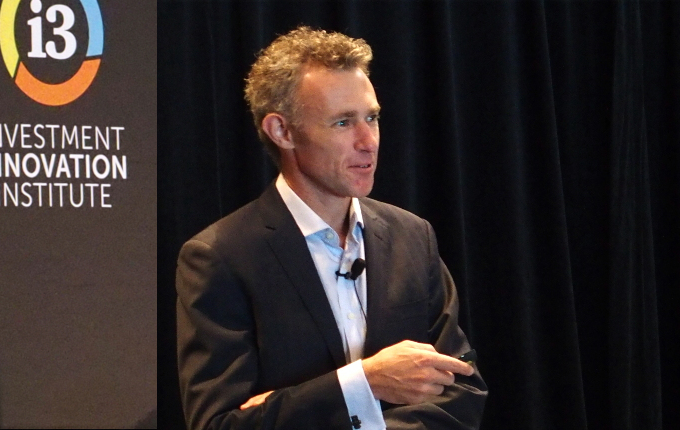When the correlation between bonds and equities turns positive, only private assets shield an investment portfolio from severe losses, the Australian Retirement Trust's Andrew Fisher says
Register to Access this Exclusive [i3] Insights Article
Create a free account to access exclusive interviews with asset owners, revealing insights on investment strategies, market trends, and portfolio allocations.
If you already have an account you can Login .
If you have any issues registering an account please send us an email at [email protected].


